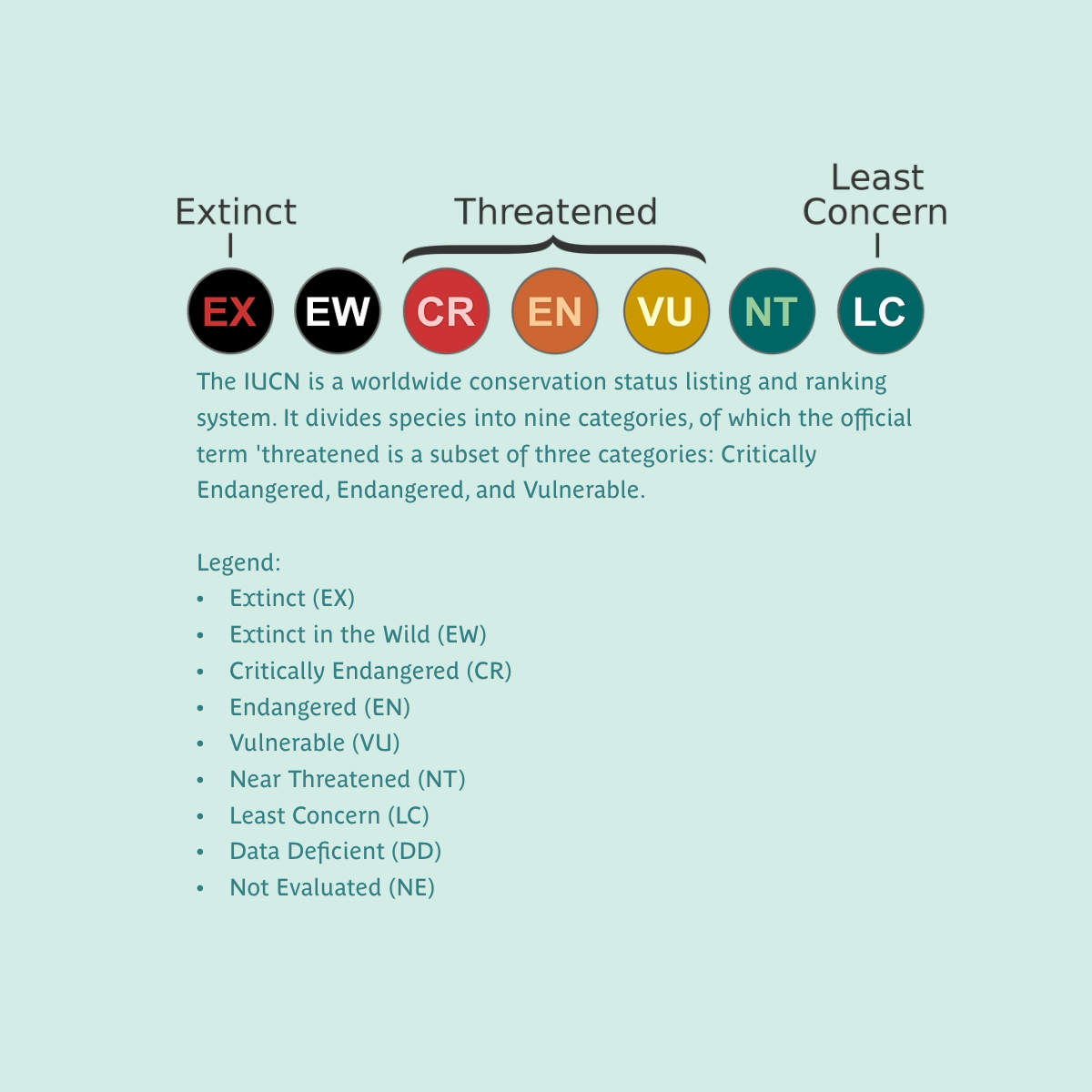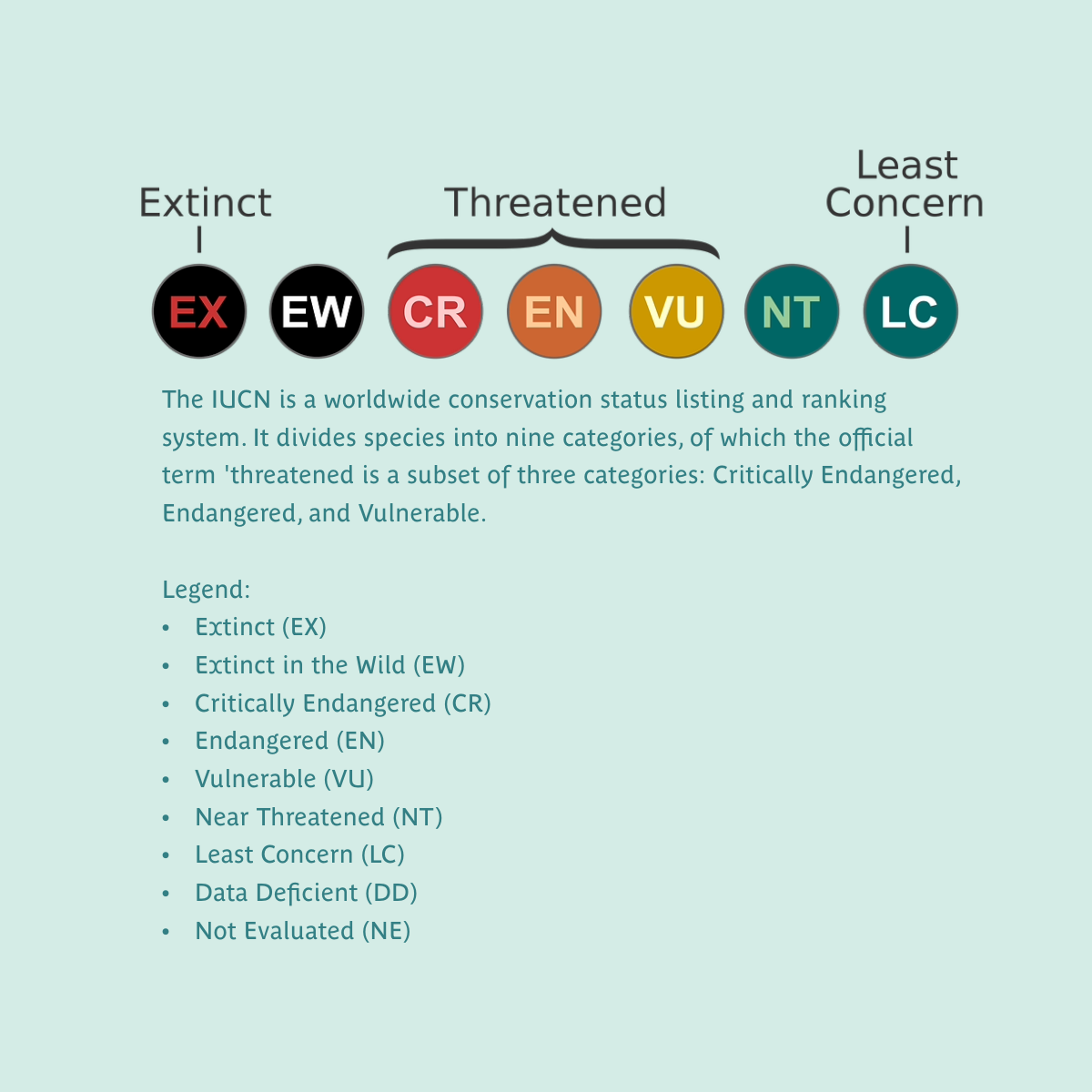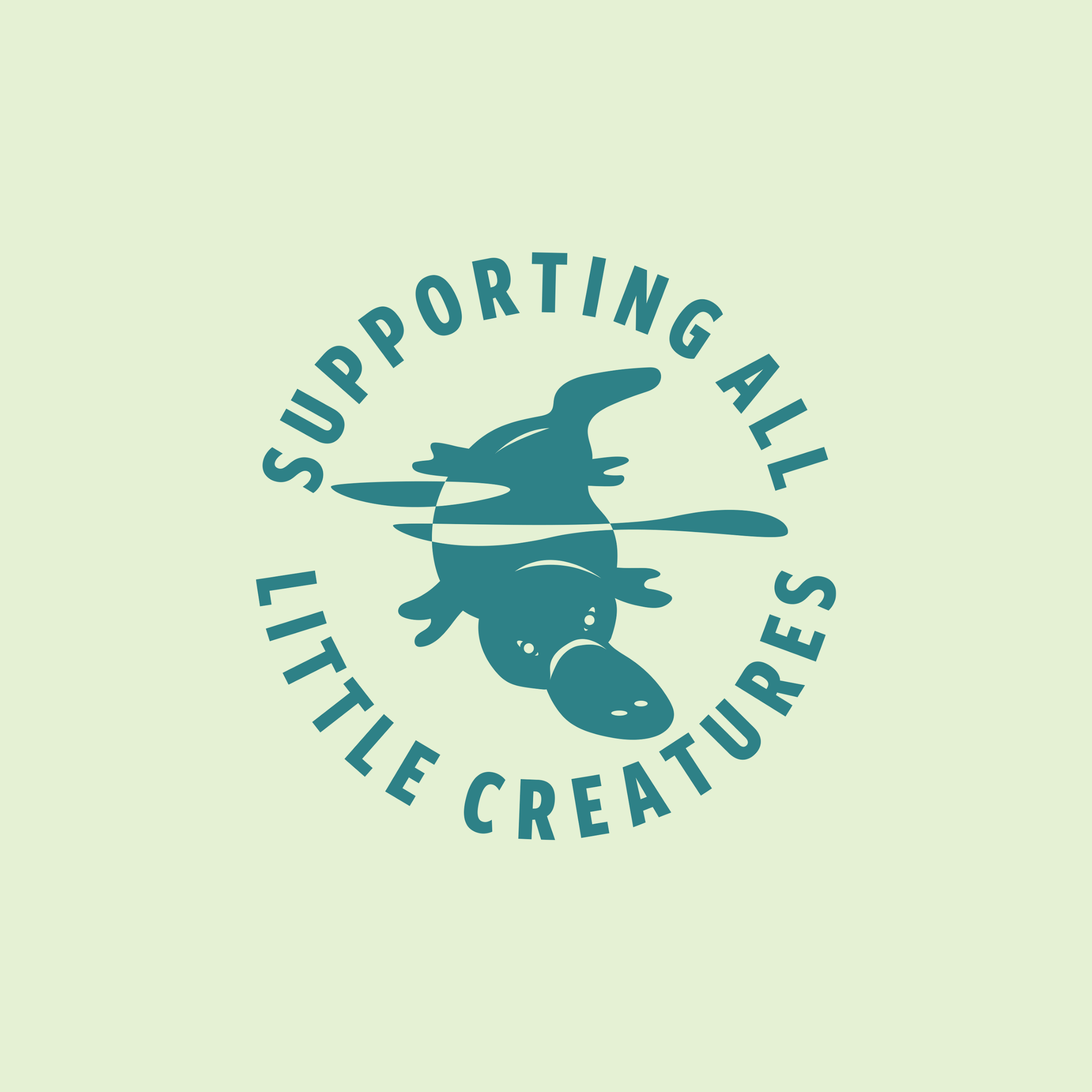Fun Facts
The Orange-bellied Parrot is one of only three parrot species in the world which migrates. Ahead of winter the entire parrot population flies from Tasmania, over the bass strait, to Victoria and South Australia. A huge journey for such small birds!
Once back on land, they stay within 3km of the coast and feed almost exclusively on seeds and fruits, particularly those from salt-tolerant plants.
These parrots nest in small tree hollows in a particular type of eucalyptus tree found in Tasmania, known as Smithton Peppermint.
Young birds leave the nest four to five weeks after hatching but may continue to be fed by their parents before becoming independent. They then form small flocks to look for food and migrate to the mainland about a month later than the adults birds.
Where can you find them?
Orange-bellied Parrots are only found in coastal areas. They used to breed along much of the Tasmanian Coast, but now only breed on the south west coast of Tasmania, around a place called Melaleuca.
During autumn and winter months they can also be found in coastal Victoria and South Australia.
Orange-bellied Parrots are classed as Critically Endangered by the IUCN Red List. Source: BirdLife International. 2018. Neophema chrysogaster. The IUCN Red List of Threatened Species 2018: e.T22685203A130894893.https://dx.doi.org/10.2305/IUCN.UK.2018-2.RLTS.T22685203A130894893.en. Accessed on28 July 2023.
Critically Endangered
Conservation status
There are fewer than 50 adults left in the wild. To help fight extinction there are several captive breeding programs.
Their biggest threat is the loss and change of habitat, particularly from land clearing and draining of wetlands for farming and urban development. They also face threats from introduced predators and competition with introduced birds who eat the same seeds. They now face additional threats due to having such a small population size.
Caring for Australia's Wildlife
We want our little ones, and yours, to grow up with a healthy planet, where native plants and animals thrive. That’s why we donate 1 cent from every product sold to support Australian wildlife. We also seek to minimise our impact on the environment wherever possible.
Australian Wildlife facing threats to survival are featured on our packaging, to help raise community awareness and support for these important animals.







